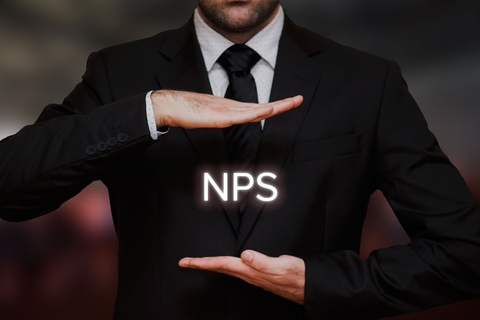
You are not a finance person and all talk of asset allocation and stock markets goes over your head. Can you still invest in the NPS? Yes, you can. What's more, you can do it all on your own. Here's a step-by-step guide to opening and operating an NPS account.
1. You can open an NPS account either through designated branches of the 26 banks which offer the scheme or through the eNPS portal.
2. To qualify for an NPS account, you need to be an Indian citizen of age 18 to 65 years. To open an account, you need a PAN, a mobile number, email ID and an active bank account with the net-banking facility enabled. Aadhaar is no longer mandatory to open an NPS account.
3. On the registration page of the eNPS portal, enter your bank details and PAN, as requested. Choose Tier I as that is your primary retirement account. You will be required to generate and submit an OTP. Make sure your mobile phone is handy at this stage. Next, your bank will verify your account for KYC compliance. Provide your personal details as requested on the site, save and proceed.
4. You will have to opt for either Active or Auto choices. Active is the better choice, and requires you to decide the percentage of your monthly contribution to equity (E), government bonds (G), corporate (B) and alternative assets (A). If you are below 55 years, peg your E at 70 per cent and G and C at 15 per cent each. The high equity allocation will help you earn inflation-beating returns until you are close to retirement. At age 55, you can move your accumulated sums in E and C to G to protect the corpus.
5. You will need to specify a single PFM or pension-fund manager for your money from a list of eight. Make your decision based on their track record (which is available on the Value Research website), and also the reliability and longevity of the sponsor. HDFC, ICICI Prudential and UTI are good options based on their current records.
6. Update your nominee details. Upload a cancelled cheque from your chosen bank account, along with a photograph and specimen signature.
7. Flag off your contribution to the NPS with Rs 500, making the payment through your net-banking account. If this is successful, you will receive a PRAN or permanent retirement account number, which will be your unique ID for all your future interactions with the NPS.
8. To complete the account opening, you must select the 'print and courier' option. Print out the completed form, paste your photo, sign the form and courier it to Central Record keeping Agency for eNPS, whose address is provided on the site.
Now you can sit back and let the PFMs do the work of managing your money. Make sure that you contribute at least Rs 1,000 yearly to keep the account active. Ideally, phase out your NPS contributions via monthly instalments.















